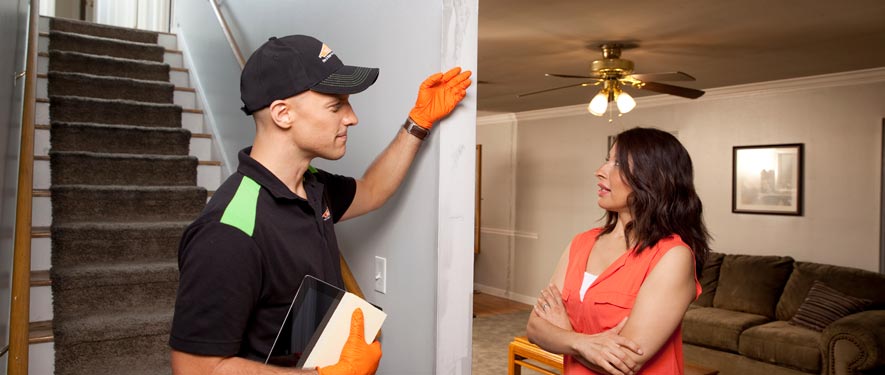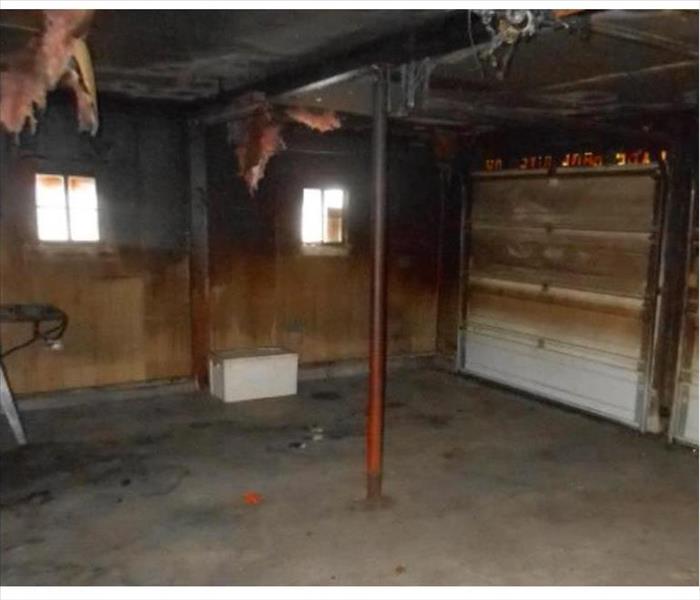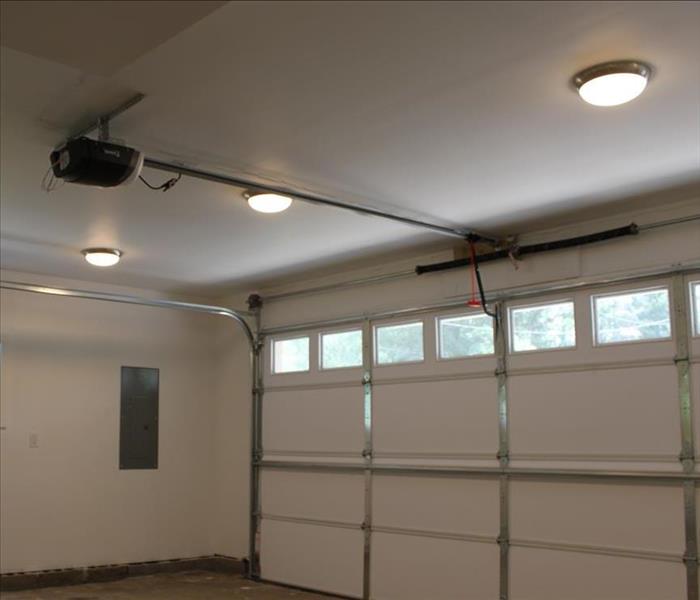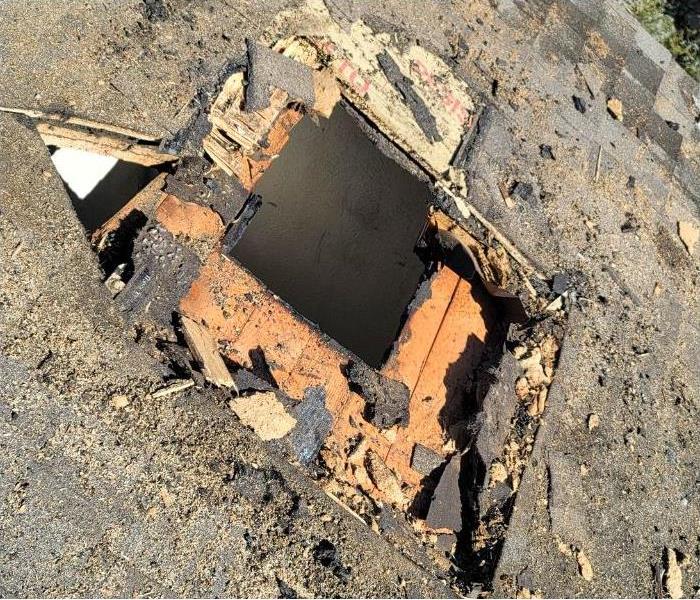
Fire Damage Restoration Process
At SERVPRO of East Nashville, Madison/Goodlettsville...We believe we should all have at least one fire extinguisher somewhere in our home, but it’s not enough to simply keep one under the kitchen sink. If there is a fire, the safety of yourself and your home relies on knowing how to properly use that fire extinguisher. In case your fire extinguisher has been sitting around collecting dust, we have everything you need to know before brushing it off and fighting a fire in your home the right way listed below.
Choosing the Right Fire Extinguisher for the Job
Most household fires fall into one of the following categories:
- Class A: These fires are fueled by solid combustibles like wood, paper, and cloth.
- Class B: These fires are fueled by flammable liquids such as oil, petroleum, and gasoline.
- Class C: These fires are started or fueled by faulty wiring, fuse boxes, and appliances.
- Class K: These fires are started or fueled by cooking oils and greases, animal fats, and vegetable fats.
To use a fire extinguisher, follow the acronym PASS as outlined below:
Pull - Pull the pin on the extinguisher
Aim - Aim the nozzle at the base of the fire
Squeeze - Squeeze the trigger to release the product
Sweep - Sweep the nozzle from side to side (slowly)
Have Questions About Fire, Smoke, or Soot Damage? Call Today – (615) 868-5324
Every fire damage event is a little different, and requires a unique solution, but the general process stays the same. The steps listed below illustrate our process for the “typical” fire damage emergency.
Step 1: Emergency Contact
The restoration process begins when you call us. Our representative will ask questions regarding the fire damage event that will help us respond immediately with the appropriate equipment and resources.
Step 2: Inspection and Fire Damage Assessment
We carefully inspect and test adjoining rooms of your property to determine the extent of the fire, smoke, and soot damage. This step is crucial to developing a plan of action.
Step 3: Immediate Board-Up and Roof-Tarp Service
Fire damage can often compromise windows, walls, and roofs. To maintain security and to protect against further damage, we can board up missing windows and walls and place tarps on damaged roofs.
Step 4: Water Removal and Drying (if water damage is present)
The water removal process begins almost immediately and removes the majority of the water. We then use dehumidifiers and air movers to remove the remaining water and complete the drying process.
Step 5: Removal of Smoke and Soot from All Surfaces
We use specialized equipment and techniques to remove smoke and soot from ceilings, walls, and other surfaces.
Step 6: Cleaning and Sanitizing
We clean, sanitize, and disinfect all of the restorable items and structures that were damaged by the fire. We use a variety of cleaning techniques to restore your belongings to pre-fire condition. We’re also trained to remove odors using industrial air scrubbers and fogging equipment.
Step 7: Restoration
Restoration is the final step—getting your home or business to its pre-fire condition. Restoration may involve minor repairs, such as replacing drywall, painting, and installing new carpet; or it may entail major repairs such as the reconstruction of various areas or rooms in a home or business.



 24/7 Emergency Service
24/7 Emergency Service





